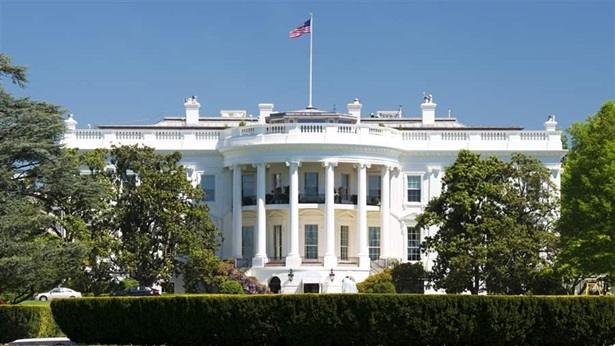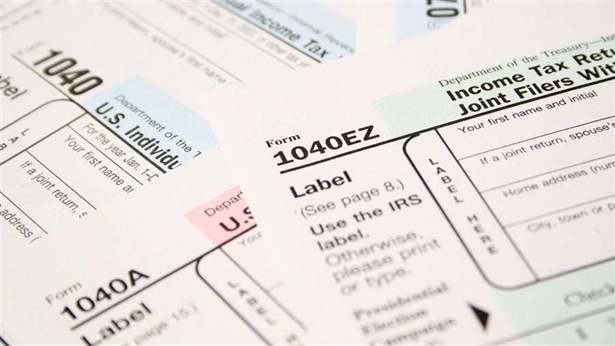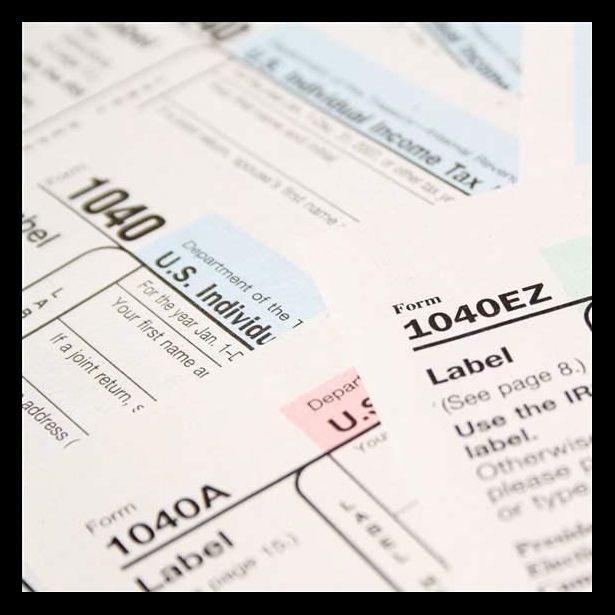The Impact of Federal Tax Changes on States
This article was originally published on Bloomberg BNA on July 11, 2017.
Policymakers in Washington are working out the details of a potential tax reform proposal. The last major overhaul of the federal tax code was the Tax Reform Act of 1986, which had a significant—and often forgotten—impact on state tax policy and revenue.
State taxes were—and still are—linked to federal tax policy because states allow taxpayers to claim certain federal deductions, income exclusions, and credits on their state tax return. These linkages are known as conformity, and nearly all of the 41 states with a personal income tax, and the District of Columbia, conform to various federal tax expenditures.
Personal Income Tax Reform
In 1986, states knew that if they continued to incorporate federal tax law into their tax code, the federal changes that scaled back tax benefits—for example, the elimination of the deduction for interest paid on consumer credit card debt—would cause their revenue to rise. States had the option, following the law's enactment, of delinking their tax codes from the federal code. But most chose to maintain their connections, and faced the choice of what to do with the resulting additional revenue. Some simply collected the revenue while others adjusted policies—such as lowering tax rates—to offset the increase.
Federal Conformity
Today, many details of personal income tax reform have yet to be decided, in particular which tax expenditures might be modified or eliminated. But if certain changes are enacted at the federal level, states would likely face choices similar to those in 1986.
State conformity to federal tax expenditures is not a minor detail; the magnitude of these provisions is significant. A recent study by The Pew Charitable Trusts found that under a far-reaching scenario in which nearly all federal tax expenditures were eliminated, states' income tax revenue increased by more than 30 percent in aggregate. However this effect varied by state, from less than 5 percent to over 50 percent, depending on how closely a state was linked to federal law. This research shows that federal reform has the potential for a considerable impact on states.
To be sure, conformity is a choice that state officials make, and in many cases they could decide not to follow the federal changes. But decoupling can also have side effects, such as increasing complexity for tax filers and making state tax administration more difficult.
Changes to Federal Deductions
One proposal included in President Donald Trump's April 26 tax reform outline, for example, would double the standard deduction. On its own, this would reduce the taxes most federal filers pay as well as the number of filers claiming itemized deductions for expenses such as mortgage interest and charitable contributions. But an increase in the standard deduction could also affect some states. A recent Pew analysis highlighted the 12 states that use the federal standard deduction amount in their tax calculations. If the federal deduction is increased, policymakers in those states will have to decide whether to continue piggybacking on the new federal amount or set their own levels.
In addition, the president's outline mentions eliminating some tax expenditures while retaining deductions for homeownership and charitable gifts. It is unclear what tax expenditures will be repealed, but if reform does away with some itemized deductions, these changes could be passed through to the 31 states and the District that allow filers to subtract federal itemized deductions on their state returns.
Child and Dependent Care Expenses
The president's outline also mentions “tax relief for families with child and dependent care expenses,” which could affect states, depending on how it would be implemented. For example, if the existing Child and Dependent Care Tax Credit were expanded, as administration officials have suggested, states that piggyback on this federal credit could be affected.
Deduction for State and Local Taxes
Beyond conformity, federal tax reform could also affect states in ways they have less control over. For example, filers who itemize their federal deductions can currently subtract certain state and local taxes, effectively reducing the cost of those taxes. If the deduction is scaled back or repealed as part of federal tax reform, as Treasury Secretary Steven Mnuchin has suggested, these state and local taxes would become more expensive for taxpayers who were previously able to deduct them. This, in turn, could affect a state's policy choices about the level and mix of taxes it levies. The impact would vary among states, with relatively high-tax, high-income states probably being most affected. Pew's analysis of Internal Revenue Service data shows that nearly 47 percent of filers in Maryland claimed this deduction in 2012, while only 18 percent did so in West Virginia, with the average claim varying from about $4,600 in Alaska to nearly $18,800 in New York.
As the details of tax reform are worked out in the coming months, states should pay attention. Federal changes could have large effects on state tax systems, revenues, and the amount that taxpayers owe, and state policymakers will have to choose whether or how to respond.
Anne Stauffer is director of The Pew Charitable Trusts’ fiscal federalism initiative, and Mark Robyn is an officer with the program.
Reproduced with permission from Copyright 2017 The Bureau of National Affairs, Inc. (800-372-1033) www.bna.com.


America’s Overdose Crisis
Sign up for our five-email course explaining the overdose crisis in America, the state of treatment access, and ways to improve care
Sign up

Distribution of Grants Proposed for Elimination by White House Varies Widely
Impact of fiscal 2018 budget blueprint differs by state


Federal Tax System Affects State Policies and Economies
Research and analysis on linkages that inform revenue, policy choices


States Would Feel Impact of Federal Tax Reform
How changes to the U.S. tax code could affect state revenue









